- Home
- Articles
- Architectural Portfolio
- Architectral Presentation
- Inspirational Stories
- Architecture News
- Visualization
- BIM Industry
- Facade Design
- Parametric Design
- Career
- Landscape Architecture
- Construction
- Artificial Intelligence
- Sketching
- Design Softwares
- Diagrams
- Writing
- Architectural Tips
- Sustainability
- Courses
- Concept
- Technology
- History & Heritage
- Future of Architecture
- Guides & How-To
- Projects
- Interior Design
- Competitions
- Jobs
- Store
- Tools
- More
- Home
- Articles
- Architectural Portfolio
- Architectral Presentation
- Inspirational Stories
- Architecture News
- Visualization
- BIM Industry
- Facade Design
- Parametric Design
- Career
- Landscape Architecture
- Construction
- Artificial Intelligence
- Sketching
- Design Softwares
- Diagrams
- Writing
- Architectural Tips
- Sustainability
- Courses
- Concept
- Technology
- History & Heritage
- Future of Architecture
- Guides & How-To
- Projects
- Interior Design
- Competitions
- Jobs
- Store
- Tools
- More
Exploring Modern House Designs in the United States: Innovative and Sustainable Living Trends
Discover the charm of modern house designs in the U.S., blending innovation, functionality, and sustainability. Explore clean lines, open layouts, energy-efficient features, and regional influences, from Mid-Century to Industrial Modern styles. Learn how these homes harmonize aesthetics and practicality, creating inviting, eco-friendly spaces tailored to contemporary living.

When it comes to modern house designs, the United States offers a stunning variety that reflects innovation, functionality, and aesthetic appeal. From sleek urban lofts to sustainable eco-homes, modern architecture has redefined the way we think about living spaces. These designs don’t just focus on style—they embrace practicality and sustainability, making them perfect for today’s lifestyles.
As we explore the world of modern homes, we’ll uncover how clean lines, open layouts, and cutting-edge materials shape these designs. They’re not just about looking good; they’re about creating spaces that feel good to live in. Whether it’s maximizing natural light or blending indoor and outdoor living, modern houses in the U.S. are a testament to creativity and forward-thinking design.

Table of Contents
ToggleUnderstanding Modern House Designs
Modern house designs in the U.S. focus on simplicity, functionality, and sustainability. They prioritize clean lines, open floor plans, and large windows to enhance natural light. These designs often use advanced materials like steel, concrete, and glass for durability and aesthetics.
Geometric shapes define modern homes, with flat or low-pitched roofs creating a distinctive look. Neutral color palettes dominate, incorporating shades like white, gray, and beige. Splashes of bold colors or natural wood accents may be added for contrast.
Energy efficiency is integral to modern design. Features like solar panels, smart home systems, and high-performance insulation minimize energy consumption. Additionally, homes frequently integrate indoor and outdoor spaces with patios, gardens, or terraces to promote seamless living environments.
Sustainability connects modern designs to future needs. Recycled materials, water-saving fixtures, and energy-efficient appliances align with eco-friendly principles. These thoughtful choices align practicality with environmental consciousness.
Key Features Of Modern House Designs
Modern house designs in the United States incorporate innovative elements that balance aesthetics with functionality. These designs reflect contemporary living through their intentional features and forward-thinking principles.
Open Floor Plans
Open floor plans create seamless connections between living, dining, and kitchen spaces. By eliminating walls between these rooms, they promote flexible layouts and foster social interaction. This design also allows for better airflow and maximizes the perception of space in smaller homes.
Minimalistic Aesthetics
Minimalistic aesthetics focus on clean lines, uncluttered spaces, and simple geometric forms. Neutral color schemes dominate, often paired with accent elements like exposed wood or metal. The elimination of unnecessary decor puts architecture and functionality at the forefront of the home’s design.
Integration Of Natural Light
Large windows, sliding glass doors, and skylights bring abundant natural light into modern homes. This approach enhances energy efficiency by reducing reliance on artificial lighting. Glass walls and open layouts further amplify brightness, creating an inviting atmosphere throughout the living spaces.
Sustainable Materials And Techniques
Sustainable materials include bamboo flooring, reclaimed wood, and recycled steel. Designers increasingly incorporate energy-efficient technologies such as LED lighting, smart thermostats, and solar panels. Using eco-friendly materials and techniques reduces environmental impact while maintaining stylish and durable designs.

Popular Styles In Modern American Homes
Modern homes in the U.S. are designed with a blend of aesthetics and functionality, reflecting various stylistic influences. The following popular styles capture distinct elements of contemporary architecture and design.
Mid-Century Modern
Mid-century modern homes emphasize clean lines, functional layouts, and a connection to nature. Originating in the mid-20th century, these designs favor open floor plans, large windows, and flat or low-sloped roofs. Interior spaces often feature minimal decor, built-in furniture, and natural materials like wood and stone. Iconic examples include the use of post-and-beam construction, enabling expansive interiors and seamless indoor-outdoor integration.
Contemporary Modern
Contemporary modern homes incorporate current design trends, often combining innovations in materials and technology with minimalist aesthetics. Key features include asymmetrical facades, expansive glass walls for natural light, and open-concept spaces that promote versatile living. Neutral tones dominate the color palette, accented by bold hues or unique textures. Sustainable design elements, such as green roofs and energy-efficient appliances, are integral components of this style.
Industrial Modern
Industrial modern homes draw inspiration from converted warehouses and factories, showcasing raw, unfinished materials. These spaces highlight exposed brick walls, metal beams, and polished concrete floors, creating a rugged yet sophisticated look. Large, open interiors are complemented by oversized windows and minimalist lighting fixtures, enhancing the style’s utilitarian character. Furniture often incorporates reclaimed wood and metal, reinforcing the industrial aesthetic while emphasizing sustainability.

Regional Influence On Modern Designs In The United States
Modern house designs in the United States often draw inspiration from their regional surroundings, reflecting climate, lifestyle, and cultural preferences. Regional styles highlight how geography shapes architectural trends.
West Coast Modernism
West Coast modernism emphasizes minimalism, natural materials, and a connection to the outdoors. Homes in California, Oregon, and Washington often incorporate large glass expanses to maximize sunlight and views of the coastline, mountains, or forests. Flat roofs, open layouts, and the integration of indoor and outdoor spaces are common here. Many of these homes use eco-friendly materials like reclaimed wood and bamboo to align with the region’s sustainability priorities.
East Coast Contemporary
East Coast contemporary designs combine modern aesthetics with traditional craftsmanship. States like New York and Massachusetts feature homes with clean lines, open interiors, and a focus on functionality. Materials like brick, metal, and glass are often used to create a harmonious blend of modern and classic elements. Due to the colder climate, these homes frequently include energy-efficient insulation and double-glazed windows, ensuring comfort without sacrificing style.
Southern Modern Homes
Southern modern homes adapt to warm temperatures and emphasize comfort and ventilation. In states like Texas, Florida, and Georgia, designs often incorporate shaded porches, large overhangs, and cross-ventilation to reduce heat. Neutral color palettes dominate, complemented by natural wood accents and metal finishes. Materials like stucco and locally sourced stone reflect a balance between regional traditions and modern aesthetics. Sustainable technologies, such as solar panels and water recycling systems, are also gaining popularity in these homes.

Benefits Of Modern House Designs
Modern house designs offer numerous advantages that enhance both functionality and sustainability. These benefits reflect evolving lifestyle needs, environmental priorities, and aesthetic preferences.
Energy Efficiency
Energy-efficient features are integral to modern house designs. High-performance insulation minimizes heat transfer, maintaining indoor comfort while reducing energy costs. Advanced technologies like smart thermostats and energy-efficient HVAC systems further optimize resource usage. Many designs incorporate renewable energy sources, such as solar panels, which decrease reliance on traditional power grids. Recycled materials, eco-friendly appliances, and LED lighting lower environmental impact while enhancing sustainability.
Functional Spaces
Functional spaces define modern homes, prioritizing usability without compromising style. Open floor plans create a seamless flow between areas, encouraging social interaction and making spaces feel larger. Multi-purpose rooms, like home offices that double as guest spaces, cater to diverse needs. Storage solutions, such as built-in shelving or hidden compartments, maximize space efficiency. Outdoor living areas, directly connected to interiors, extend usable space and foster a stronger connection to nature.
Enhanced Visual Appeal
Modern designs enhance visual appeal with their emphasis on clean lines, large windows, and minimalistic aesthetics. Expansive glass panels frame outdoor views and flood interiors with natural light, reducing artificial lighting dependency. Neutral color palettes, accentuated with bold hues or natural textures, create a sophisticated yet inviting atmosphere. Unique architectural elements, like asymmetrical facades or geometric forms, contribute to distinctive, visually striking exteriors that stand out while maintaining harmony with surrounding environments.
Conclusion
Modern house designs in the United States represent a fusion of innovation, functionality, and sustainability. These homes redefine living spaces by prioritizing open layouts, natural light, energy efficiency, and seamless indoor-outdoor connections. Key features like geometric structures, flat roofs, and neutral tones enhanced with bold accents or natural wood provide distinct aesthetic appeal while maintaining simplicity.
Popular styles, including Mid-Century Modern, Contemporary Modern, and Industrial Modern, cater to varying preferences, reflecting both timeless and trending architectural elements. Regional influences further diversify these designs, with West Coast homes emphasizing eco-friendly minimalism, East Coast designs blending modernity with traditional elements, and Southern styles adapting to environmental conditions with sustainable innovations.
Energy-efficient technologies like solar panels, high-performance insulation, and smart home systems reduce environmental impact while enhancing convenience. Sustainable materials such as reclaimed wood and bamboo flooring align modern style with eco-conscious living. By blending aesthetics and practicality, modern houses deliver spaces that support contemporary lifestyles and demonstrate progressive design ideals across the U.S.
- contemporary home architecture
- contemporary house plans
- eco-conscious living designs
- eco-friendly house ideas
- energy-efficient home designs
- future house designs
- Green Building Designs
- innovative home designs
- innovative home technology
- Minimalist House Design
- modern eco-friendly homes
- Modern House Designs
- Modern Living Spaces
- modern prefab homes
- modern sustainable homes
- Smart Home Design
- sustainable architecture
- sustainable architecture USA
- sustainable design trends
- sustainable house plans
- sustainable living trends
- trendy home designs USA
- zero energy home designs
Submit your architectural projects
Follow these steps for submission your project. Submission FormLatest Posts
Building with Purpose: Creating Meaningful Spaces for Community and Sustainability
Explore the transformative power of purposeful building in our fast-paced world. This...
Innovative Trends Shaping the Future of Architecture: A Sustainable Vision
Explore the exciting future of architecture as it embraces innovation and sustainability....
Architectural Concept Ideas: Inspiring Designs for Functionality, Aesthetics, and Sustainability
Discover the essence of architectural concepts and their role in shaping innovative,...
How to Find Architectural Ideas: Creative Tips and Inspiration for Unique Designs
Discover practical strategies to find architectural inspiration from nature, history, art, and...






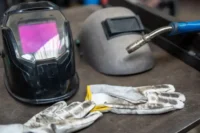
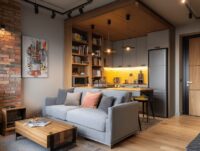
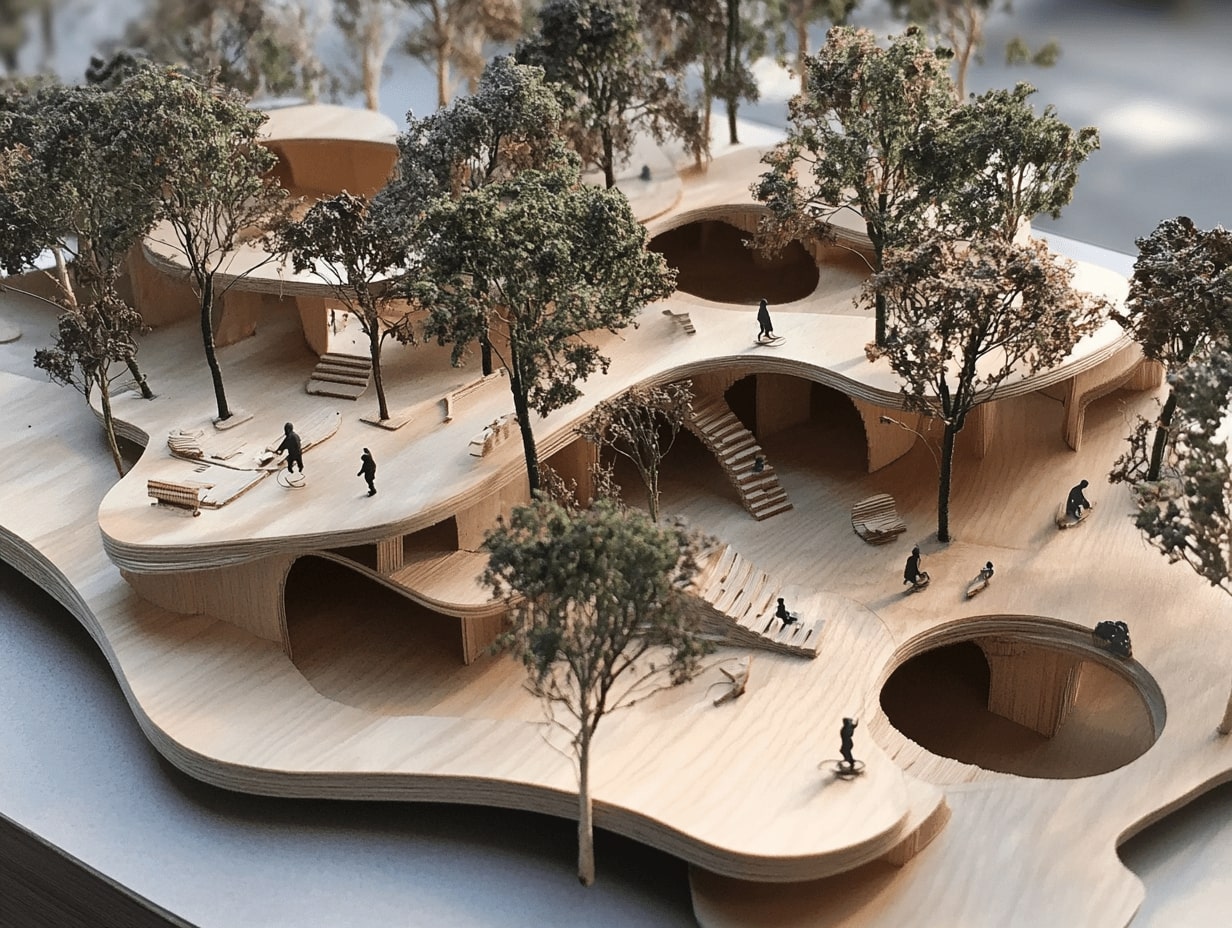
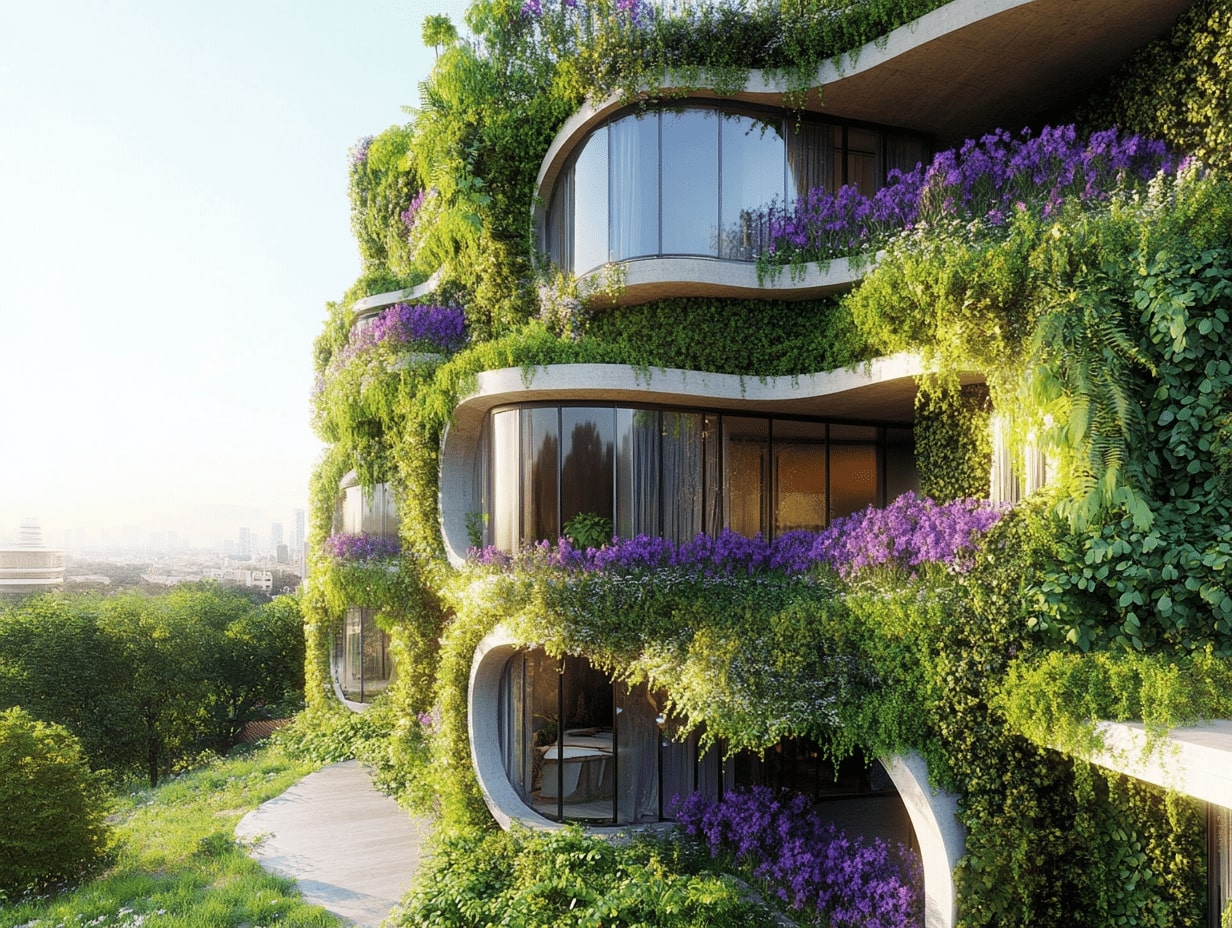
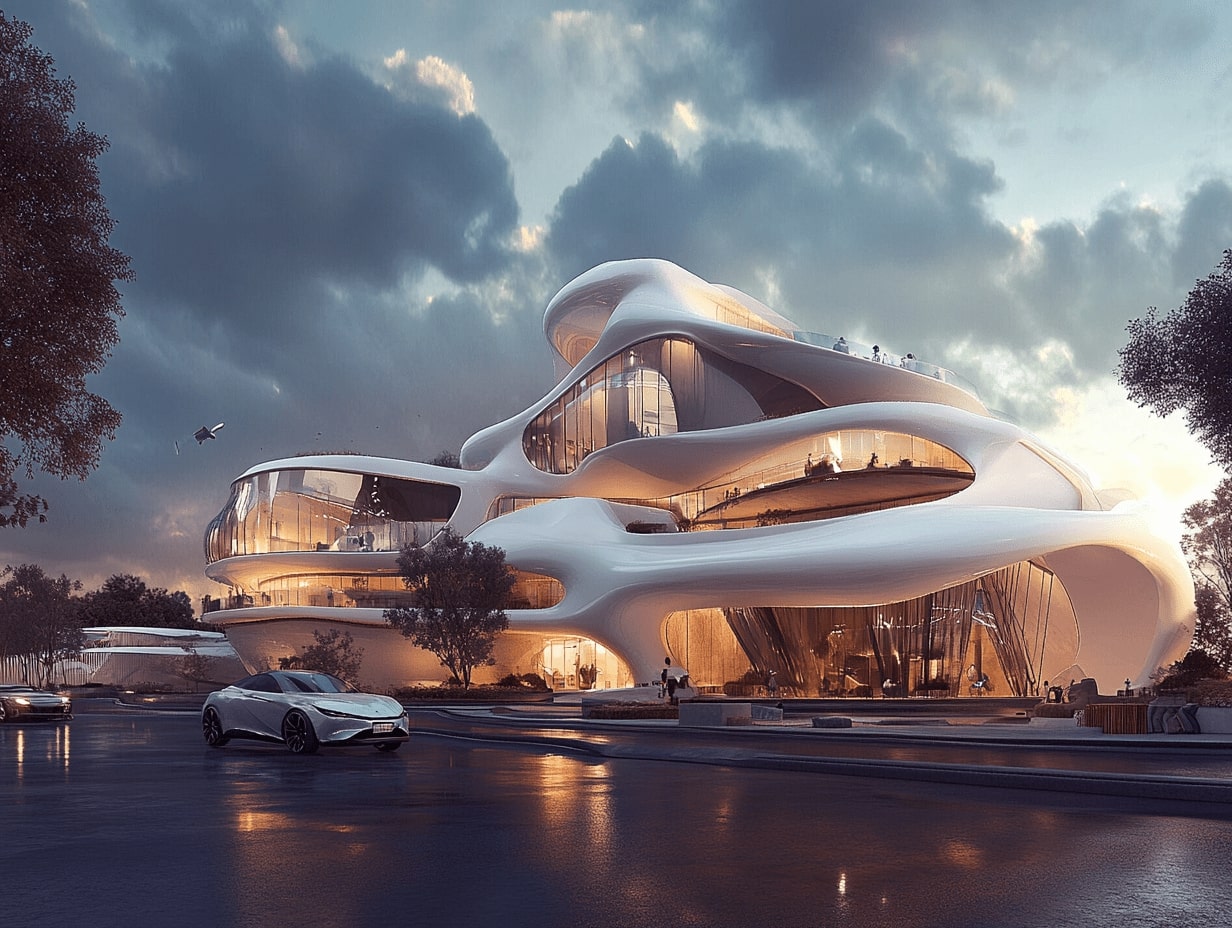

Leave a comment